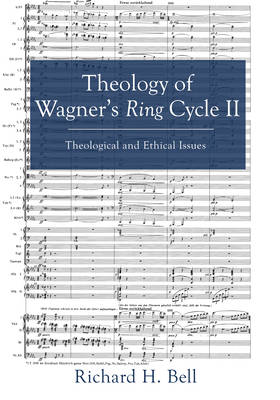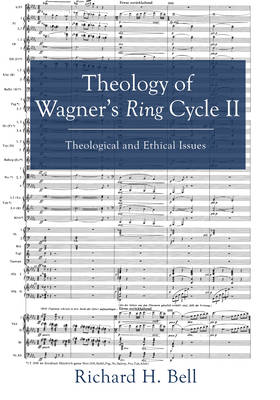
- Afhalen na 1 uur in een winkel met voorraad
- Gratis thuislevering in België vanaf € 30
- Ruim aanbod met 7 miljoen producten
- Afhalen na 1 uur in een winkel met voorraad
- Gratis thuislevering in België vanaf € 30
- Ruim aanbod met 7 miljoen producten
Zoeken
€ 61,45
+ 122 punten
Uitvoering
Omschrijving
Wagner's Ring addresses fundamental concerns that have faced humanity down the centuries, such as power and violence, love and death, freedom and fate. Further, the work seems particularly relevant today, addressing as it does the fresh debates around the created order, politics, gender, and sexuality. In this second of two volumes on the theology of the Ring, Richard Bell argues that Wagner's approach to these issues may open up new ways forward and offer a fresh perspective on some of the traditional questions of theology, such as sacrifice, redemption, and fundamental questions about God. A linchpin for Bell's approach is viewing the Ring in the light of the Jesus of Nazareth sketches, which, he argues, confirms that the artwork does indeed address questions of Christian theology, both for those inside and those outside the church.
Specificaties
Betrokkenen
- Auteur(s):
- Uitgeverij:
Inhoud
- Aantal bladzijden:
- 362
- Taal:
- Engels
Eigenschappen
- Productcode (EAN):
- 9781498235723
- Verschijningsdatum:
- 21/01/2020
- Uitvoering:
- Paperback
- Formaat:
- Trade paperback (VS)
- Afmetingen:
- 178 mm x 254 mm
- Gewicht:
- 630 g

Alleen bij Standaard Boekhandel
+ 122 punten op je klantenkaart van Standaard Boekhandel
Beoordelingen
We publiceren alleen reviews die voldoen aan de voorwaarden voor reviews. Bekijk onze voorwaarden voor reviews.











